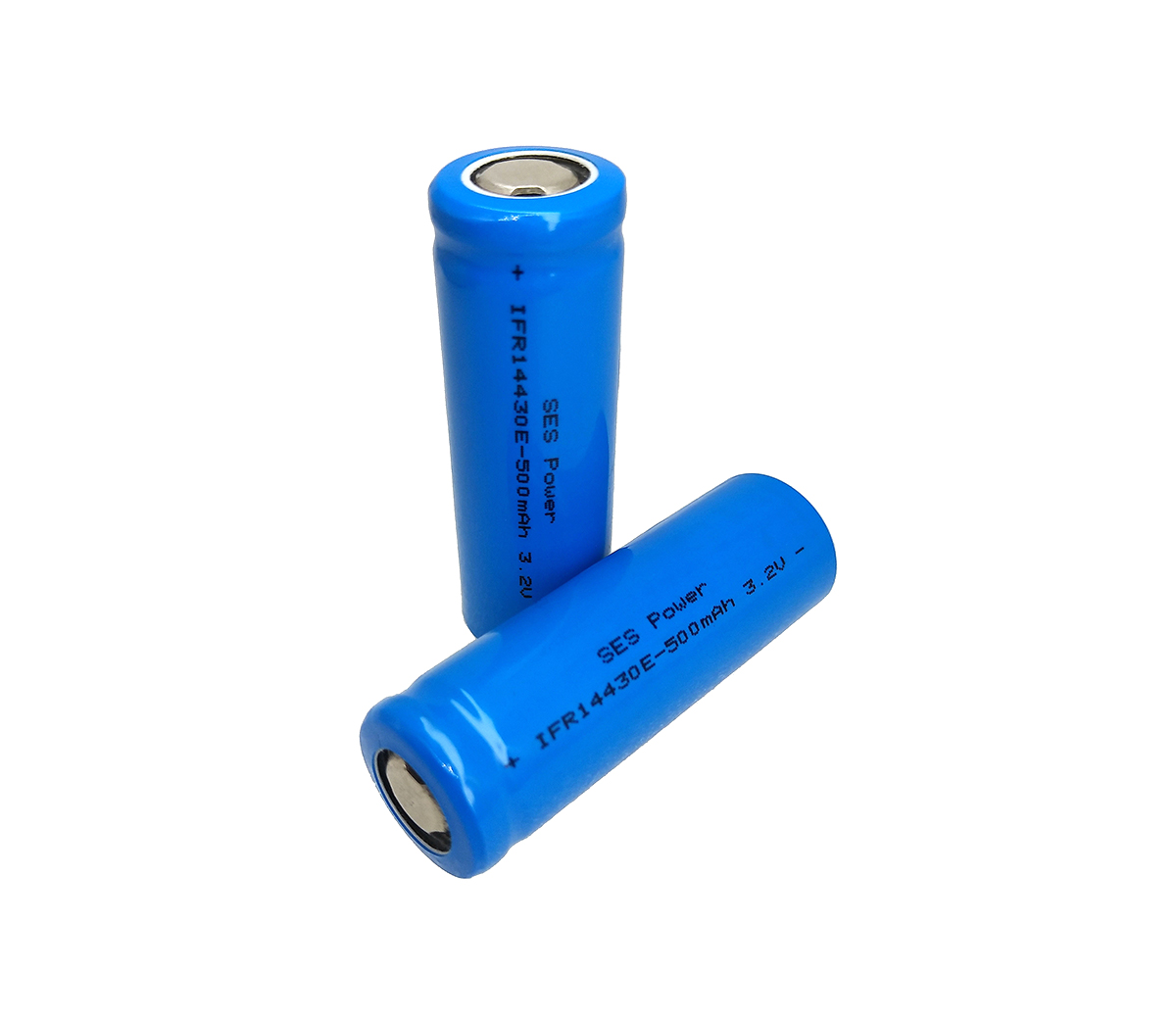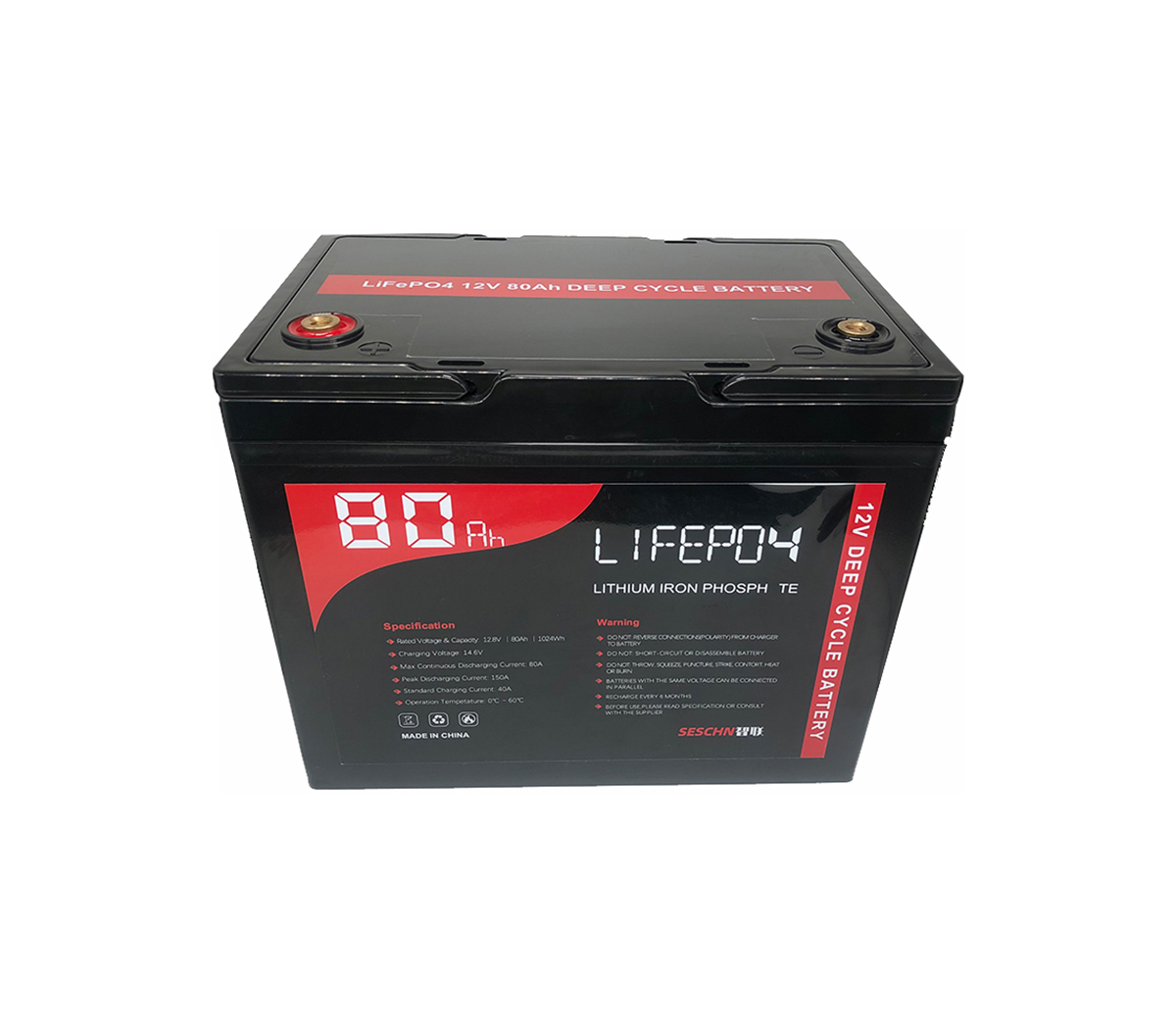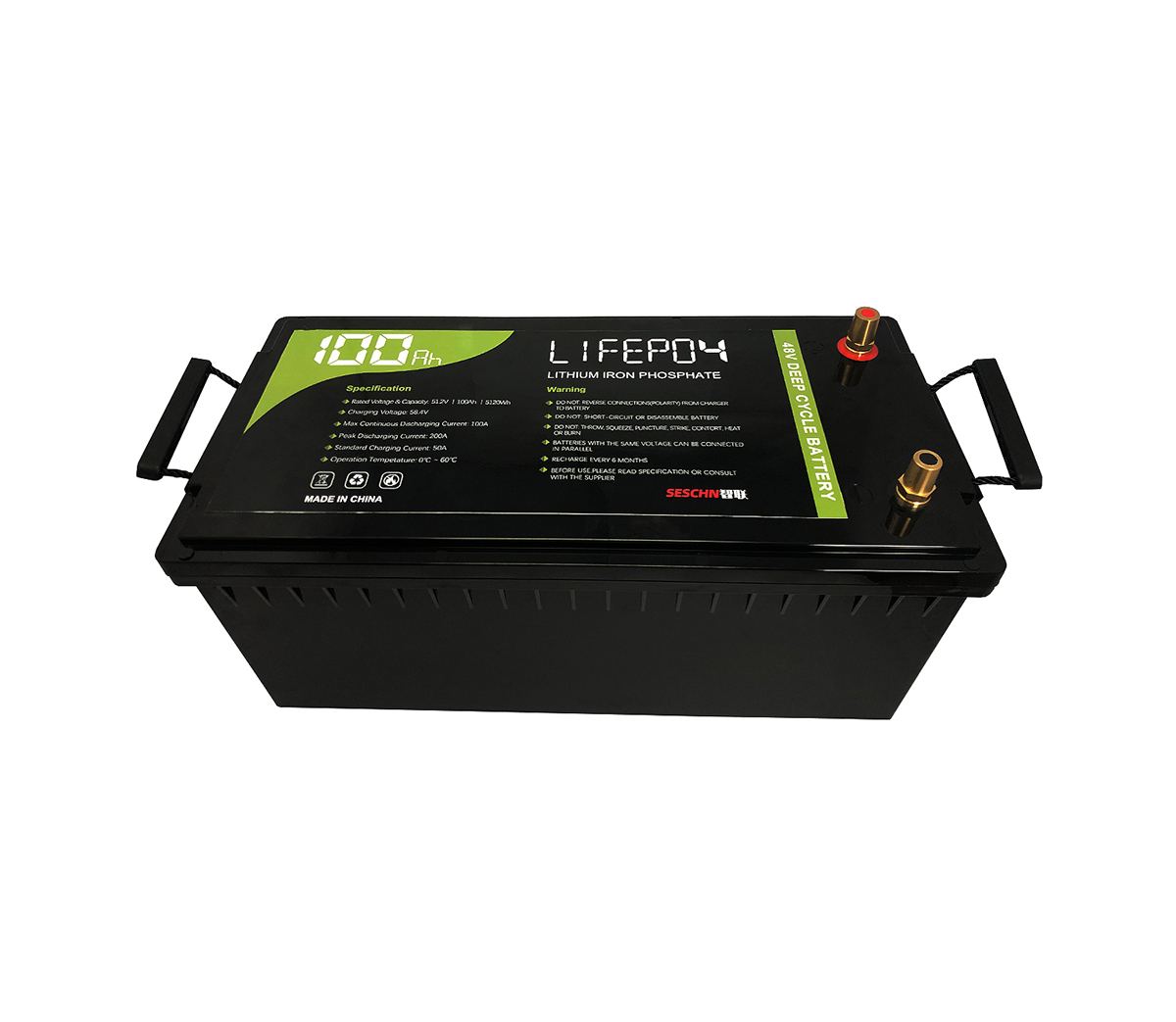Brief analysis of several cutting-edge technologies of lithium-ion
batteries
With the widespread application of lithium-ion batteries in people’s daily
life and military industry, many universities, research institutions, and
enterprises are committed to the research and development of new lithium-ion
battery technologies, which may be safer, higher capacity, and rechargeable in
the near future. Faster lithium-ion batteries will become a reality. Next,
please follow the editor to take a look at the 8 most popular research
technologies in the field of lithium batteries in the near future.
1, all-solid-state lithium-ion battery The currently commercialized
lithium-ion battery electrolyte is liquid, so it is also called a liquid
lithium-ion battery. Simply put, all-solid-state lithium-ion batteries mean that
all components in the battery structure are in solid state, and the liquid
electrolyte and diaphragm of traditional lithium-ion batteries are replaced with
solid electrolytes.
Ternary material battery With people's pursuit of battery energy
density, ternary cathode materials have attracted more and more attention.
Ternary cathode materials have the advantages of high specific capacity, good
cycle performance, and low cost, and generally refer to the layered structure of
nickel cobalt lithium manganate materials. By increasing the battery voltage and
the nickel content in the material, the energy density of the ternary cathode
material can be effectively increased.
Theoretically speaking, the ternary material itself has the advantage of
high voltage: the standard test voltage of the half-cell of the ternary cathode
material is 4.35V, under this voltage, ordinary ternary materials can show good
cycle performance; When the voltage is increased to 4.5V, the capacity of the
symmetrical materials (333 and 442) can reach 190, and the cycleability is also
good, while the cycleability of 532 is a little worse; when charged to 4.6V, the
cycleability of the ternary material begins to decrease, causing flatulence. The
phenomenon is getting worse. At present, the factor restricting the practical
application of high-voltage ternary cathode materials is that it is difficult to
find a matching high-voltage electrolyte.
Another way to increase the energy density of ternary materials is to
increase the content of nickel in the material. Generally speaking, a high
nickel ternary cathode material means that the mole fraction of nickel in the
material is greater than 0.6. Such a ternary material has a high ratio of
nickel. Features of capacity and low cost, but its capacity retention rate is
low, and thermal stability is poor. The performance of this material can be
effectively improved through the improvement of the preparation process. The
micro-nano size and morphology have a great influence on the performance of the
high nickel ternary cathode material. Therefore, most of the currently used
preparation methods focus on uniform dispersion to obtain small-sized spherical
particles with a large specific surface area. Among many preparation methods,
the combination of co-precipitation method and high temperature solid phase
method is the mainstream method. First, the co-precipitation method is used to
obtain a precursor with uniform raw material mixing and uniform particle size,
and then high-temperature calcination to obtain a ternary material with a
regular surface and an easy-to-control process. This is also the main method
used in current industrial production. The spray-drying method is simpler than
the co-precipitation method, and the preparation speed is faster. The morphology
of the obtained material is no less than that of the co-precipitation method,
which has the potential for further research. The shortcomings of high-nickel
ternary cathode materials, such as cation mixing and phase change during charge
and discharge, can be effectively improved through doping modification and
coating modification. While suppressing the occurrence of side reactions and
stabilizing the structure, improving the conductivity, cycle performance, rate
performance, storage performance, and high temperature and high pressure
performance will still be a research hotspot. 3, high-capacity silicon carbon
anode as an important part of lithium-ion batteries, negative electrode
materials, directly affect the battery's energy density, cycle life and safety
performance and other key indicators. Silicon is currently known as the anode
material for lithium-ion batteries with the highest specific capacity
(4200mAh/g). However, due to its volume effect exceeding 300%, the silicon
electrode material will pulverize and peel off from the current collector during
charging and discharging, making it active The electrical contact between the
material and the active material, the active material and the current collector
is lost, and at the same time, a new solid-phase electrolyte layer SEI is
continuously formed, which ultimately leads to the deterioration of
electrochemical performance. In order to solve this problem, researchers have
made a lot of explorations and attempts, among which silicon-carbon composite
materials are very promising materials.
Carbon material as a negative electrode material for lithium ion batteries
has a small volume change during charging and discharging, has good cycle
stability and excellent conductivity, so it is often used to compound with
silicon. Among the carbon-silicon composite anode materials, it can be divided
into two categories according to the types of carbon materials: silicon and
traditional carbon materials and the composite of silicon and new carbon
materials. The traditional carbon materials mainly include graphite, mesophase
microspheres, and carbon black. And amorphous carbon; new carbon materials
mainly include carbon nanotubes, carbon nanowires, carbon gels and graphene.
Using silicon-carbon composite, the porous effect of carbon materials is used to
restrict and buffer the volume expansion of silicon active centers, prevent
particle agglomeration, prevent electrolyte penetration to the center, and
maintain the stability of the interface and the SEI membrane. Many companies
around the world have begun to devote themselves to this new type of anode
material. For example, Shenzhen Beiterui and Jiangxi Zichen have taken the lead
in launching a variety of silicon-carbon anode material products. Shanghai
Shanshan is in the process of industrialization of silicon-carbon anode
materials. Xingcheng Graphite The new silicon-carbon anode material has been
taken as the direction of future product research and development. 4.
High-voltage, high-capacity, lithium-rich materials, lithium-rich
manganese-based (xLi[Li1/3-Mn2/3]O2; (1–x)LiMO2, M is a transition metal 0≤x≤1,
and the structure is similar to LiCoO2). The high discharge specific capacity is
about twice the actual capacity of the current cathode material, and therefore
it has been widely studied for use in lithium battery materials. In addition,
because the material contains a large amount of Mn, it is more environmentally
friendly, safer and cheaper than LiCoO2 and the ternary material
Li[Ni1/3Mn1/3Co1/3]O2. Therefore, xLi[Li1/3-Mn2/3]O2; (1–x)LiMO2 material is
regarded by many scholars as an ideal choice for the next generation of
lithium-ion battery cathode materials.
At present, the co-precipitation method is mainly used to prepare
lithium-rich manganese-based materials, and some researchers use sol-gel method,
solid phase method, combustion method and hydrothermal method to prepare them,
but the material properties obtained are not as stable as co-precipitation
method. Although this material has a high specific capacity, its practical
application still has several problems: the first cycle irreversible capacity is
as high as 40-100 mAh/g; the rate performance is poor, and the 1C capacity is
below 200 mAh/g; high charging voltage causes electrolyte Decomposition makes
the cycle performance unsatisfactory and the safety of use. The above-mentioned
problems of lithium-rich manganese-based materials can be well solved by
adopting metal oxide coating, composite with other positive electrode materials,
surface treatment, special structure structure, and low-limit voltage pre-charge
and discharge treatment. In 2013, Ningbo Institute of Materials developed a
novel gas-solid interface modification technology to form uniform oxygen
vacancies on the surface of lithium-rich manganese-based cathode material
particles, thereby greatly improving the first charge and discharge efficiency,
discharge specific capacity and cycle of the material. Stability has strongly
promoted the practical process of lithium-rich manganese-based cathode
materials. 5. High-voltage withstand electrolyte Although high-voltage
lithium battery materials have received more and more attention, in actual
production and application, these high-voltage cathode materials still cannot
achieve good results. The biggest limiting factor is the low electrochemical
stability window of the carbonate-based electrolyte. When the battery voltage
reaches about 4.5 (vs. Li/Li+), the electrolyte will begin to undergo violent
oxidation and decomposition, resulting in the insertion and removal of lithium
in the battery. The reaction cannot proceed normally. The development of an
electrolyte system that withstands high voltage has become an important link in
promoting the practical application of this new material.
Improving the stability of the electrode/electrolyte interface through the
development and application of new high-pressure electrolyte systems or
high-pressure film-forming additives is an effective way to develop high-voltage
electrolytes. From an economic point of view, the latter is often more popular.
Such additives to improve the voltage withstand capability of the electrolyte
generally include boron-containing, organic phosphorus, carbonate, sulfur, ionic
liquid and other types of additives. The boron-containing additives include
tris(trimethylalkane)boronidase, lithium bisoxalate borate, lithium
bisfluorooxalate borate, tetramethyl borate, trimethyl borate, and
trimethylcycloboroxane. Organic phosphorus additives include phosphites and
phosphates. Carbonate-based additives include fluorine-containing Anhui based
compounds. Sulfur-containing additives include 1,3-propane sultone,
dimethylsulfonyl methane, trifluoromethyl phenyl sulfide and the like. Ionic
liquid additives include imidazole and quaternary phosphorus salts. According to
the domestic and foreign studies that have been publicly reported, the
introduction of high-voltage additives can make the electrolyte withstand
voltages of 4.4 to 4.5V. However, when the charging voltage reaches 4.8V or even
more than 5V, it is necessary to develop higher voltage resistance.
Electrolyte. 6. High temperature resistant diaphragm Lithium battery
diaphragm mainly plays a role in conducting lithium ions and isolating the
electronic contact between the positive and negative electrodes in lithium-ion
batteries, and is an important component that supports the battery to complete
the electrochemical process of charging and discharging. During the use of
lithium batteries, when the battery is overcharged or the temperature rises, the
separator needs to have sufficient thermal stability (heat distortion
temperature> 200℃) to effectively isolate the contact between the positive
and negative electrodes of the battery and prevent short circuits and heat.
Accidents such as loss of control or even explosions. Currently, the widely used
polyolefin separators have low melting point and softening temperature
(<165°C), which makes it difficult to effectively ensure the safety of the
battery, and its low porosity and low surface energy limit the performance of
the battery's rate performance. Therefore, it is very important to vigorously
develop high-safety high-temperature resistant diaphragms.
The Power Lithium Battery Engineering Laboratory of Ningbo Institute of
Materials and the Energy Storage Technology Research Department of Dalian
Institute of Chemical Physics, using wet process one-step molding technology,
jointly developed a new type of high-temperature resistant porous diaphragm.
This porous diaphragm has a low production cost and is easy to quantify
Production. Preliminary research results show that the thermal deformation
temperature of the separator is much higher than 200°C, which is equivalent to
the thermal stability of a commercial non-woven separator, which can effectively
ensure the safety of the battery. At the same time, this porous membrane has a
pore structure with high porosity and high curvature, which can effectively
avoid battery short-circuit and self-discharge while ensuring battery capacity.
In addition, Ningbo Institute of Materials has also developed heat-resistant
composite membranes with ultra-thin ion-exchangeable functional layers, gel
composite membranes based on three-dimensional heat-resistant frameworks, and
ceramic membranes. In addition to Ningbo Institute of Materials, in 2015,
Mitsubishi Resin coated high heat-resistant inorganic fillers on the diaphragm,
so that the diaphragm can still maintain an appropriate resistance value at a
temperature of 220 ℃, blocking the flow of current. 7. Lithium-sulfur battery
Lithium-sulfur battery is a kind of lithium battery in which sulfur is used as
the positive electrode of the battery and metal lithium is used as the negative
electrode. The biggest difference from general lithium-ion batteries is that the
reaction mechanism of lithium-sulfur batteries is electrochemical reaction, not
lithium ion deintercalation. The working principle of lithium-sulfur batteries
is based on complex electrochemical reactions. So far, the intermediate products
formed during the charging and discharging process of sulfur electrodes have not
been characterized by a breakthrough. It is generally believed that during
discharge, the negative electrode reacts as lithium loses electrons and becomes
lithium ions, and the positive electrode reacts as sulfur reacts with lithium
ions and electrons to generate sulfide. The potential difference between the
positive electrode and the negative electrode is the discharge voltage provided
by the lithium-sulfur battery. Under the action of an external voltage, the
positive and negative electrodes of the lithium-sulfur battery react in reverse,
which is the charging process.
The biggest advantage of lithium-sulfur batteries is that their theoretical
specific capacity (1672mAh/g) and specific energy (2600Wh/kg) are higher, much
higher than other types of lithium-ion batteries currently widely used in the
market, and due to the abundant elemental sulfur reserves, This battery is
inexpensive and environmentally friendly. However, lithium-sulfur batteries also
have some disadvantages: elemental sulfur has poor electronic and ionic
conductivity; the intermediate discharge products of lithium-sulfur batteries
will dissolve in the organic electrolyte, and polysulfide ions can migrate
between the positive and negative electrodes, resulting in activity Material
loss; metal lithium negative electrode will change in volume during charging and
discharging, and it is easy to form dendrites; sulfur positive electrode has up
to 79% volume expansion/shrinkage during charging and discharging.
The main methods to solve the above problems generally start from two
aspects: electrolyte and cathode material: In terms of electrolyte, ether
electrolyte is mainly used as the electrolyte of the battery. Adding some
additives to the electrolyte can effectively relieve lithium polysulfide. The
problem of dissolution of compounds; in terms of positive electrode materials,
it is mainly the combination of sulfur and carbon materials, or the combination
of sulfur and organic matter, which can solve the problem of non-conductivity
and volume expansion of sulfur. Lithium-sulfur batteries are still in the
laboratory research and development stage. The research institutes, Nanyang
Technological University, Stanford, Japan Institute of Industrial Technology and
University of Tsukuba are in a leading position, and SionPower has carried out
significant research in the field of notebooks and drones. Application try. 8.
Lithium-air battery Lithium-air battery is a new type of large-capacity
lithium-ion battery, jointly developed by the Japan Institute of Industrial
Technology and the Japan Society for the Promotion of Science (JSPS). The
battery uses lithium metal as the negative electrode, oxygen in the air as the
positive electrode, and the two electrodes are separated by a solid electrolyte;
the negative electrode uses an organic electrolyte, and the positive electrode
uses an aqueous electrolyte.
During discharge, the negative electrode is dissolved in the organic
electrolyte in the form of lithium ions, and then migrates through the solid
electrolyte to the aqueous electrolyte of the positive electrode; electrons are
transferred to the positive electrode through the wire, and oxygen and water in
the air react on the surface of the micronized carbon. Hydroxide is generated,
which combines with lithium ions in the aqueous electrolyte of the positive
electrode to generate water-soluble lithium hydroxide. During charging,
electrons are transported to the negative electrode through the wire. Lithium
ions pass through the solid electrolyte from the positive electrode's aqueous
electrolyte to the negative electrode surface, and react on the negative
electrode surface to generate metal lithium; the hydroxide radical of the
positive electrode loses electrons to generate oxygen.
Lithium-air battery can be replaced by the positive electrolyte and
negative electrode lithium without charging. The discharge capacity is as high
as 50000mAh/g, and the energy density is high. Theoretically, 30kg lithium metal
can release the same energy as 40L gasoline; the product lithium hydroxide is
easy to recycle and is environmentally friendly. But cycle stability, conversion
efficiency and rate performance are its shortcomings. In 2015, Cambridge
University Gray developed a high-energy density lithium-air. The number of
recharges was "more than 2000", and the energy efficiency theoretically exceeded
90%, which made the practical use of lithium-air batteries one step forward. As
early as 2009, IBM launched a sustainable transportation project to develop a
lithium-air battery suitable for household electric vehicles. It hopes to travel
about 500 miles on a single charge. Recently, Japan’s Asahi Kasei and Chuo Glass
Co. Joining this project, the research and development of scientific research
institutions and well-known companies in the field of lithium-air batteries will
greatly promote the application of this battery technology.


































